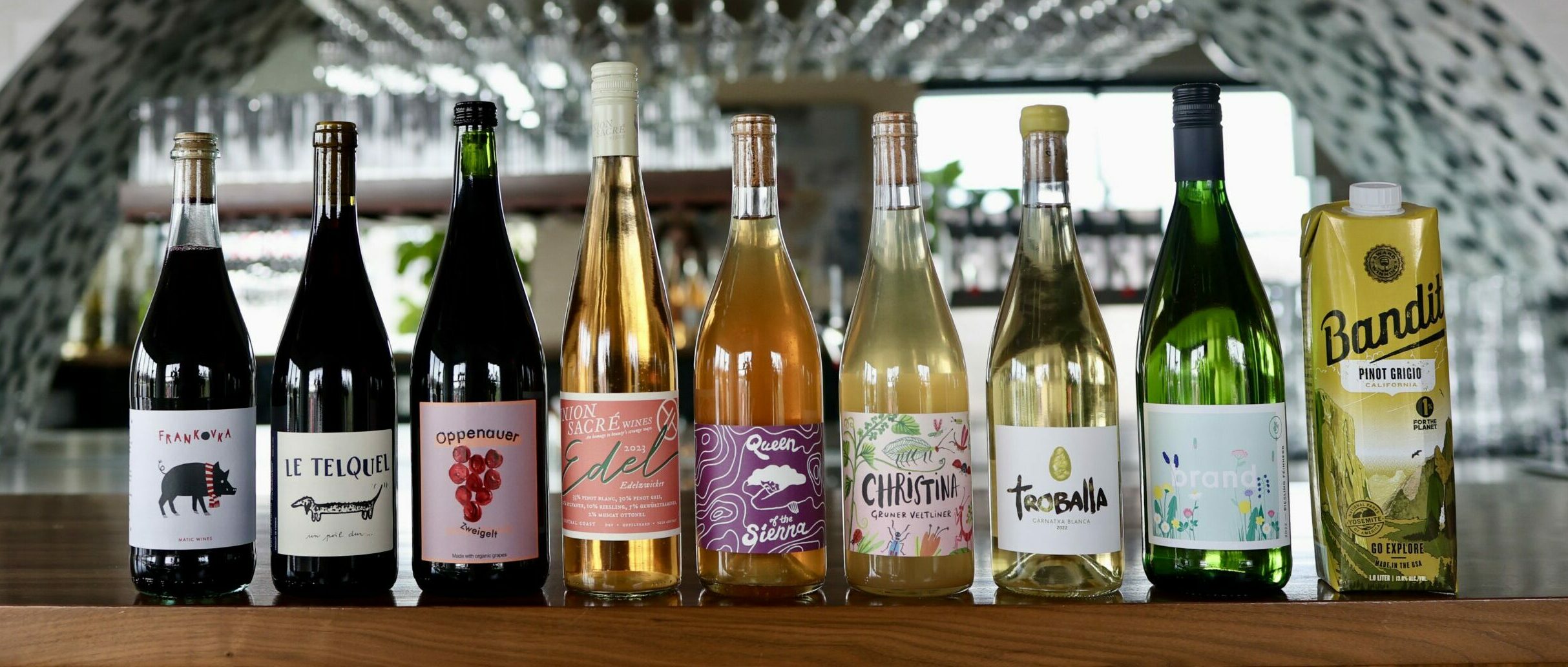
Dustin Harkins
Dustin (he/him) is one of our fearless leaders on the management staff with a focus in wine. He started working at France 44 nearly 10 years ago, which seems like only yesterday when you work at such an amazing place. He always has bubbles, Vizzy (for the antioxidants) and beef sticks in his fridge, and has a direwolf that he named after a wine grape.
Hello, hello!
I know you’re probably just as eager as the rest of the world to stop hearing the word “tariff.” With the new tariffs in place, there’s been a lot of consumer confusion and I’m here to break down what it all means for those of us in the world of beer, wine, and spirits.
Back in 2019, the administration slapped 25% tariffs on select wines and on materials used (aluminum cans) to package beer. This time around, things look a little different. Tariffs affecting your favorite imported libations range from 10-30%.
So what does this mean? Prices will skyrocket, right? Well, the trickle down effect is taking a bit longer than you might think. Some retail shops, restaurants, distributors, and importers are preemptively raising their prices to curb their cost uncertainties. But we are not. Here’s why:
During the pandemic, the global supply chain was thrown into chaos—supplies were scarce (remember the toilet paper?), and shipments were delayed for months. Importers and distributors kept placing orders to meet demand, but those orders piled up in transit. When the delayed goods finally started to arrive, they were followed by wave after wave of additional shipments, creating a surplus in some categories. In the world of wine and spirits, we’re still feeling the aftershocks. Some of the inventory on shelves today is a direct result of over-ordering during those record-breaking pandemic sales—a ripple effect that’s left certain corners of the industry flush with product.
Does this all mean we won’t see price increases? No. But it does mean that they may not come as fast and furious as you think. We won’t raise any of our prices until those tariffs finally reach us directly. And what does this mean for you? We can all raise a glass knowing that most of our favorite drinks are still affordable.
I hope you’ll come check us out and let us show you some of our favorites!
Cheers!
Dustin Harkins
Manager/Wine Buyer
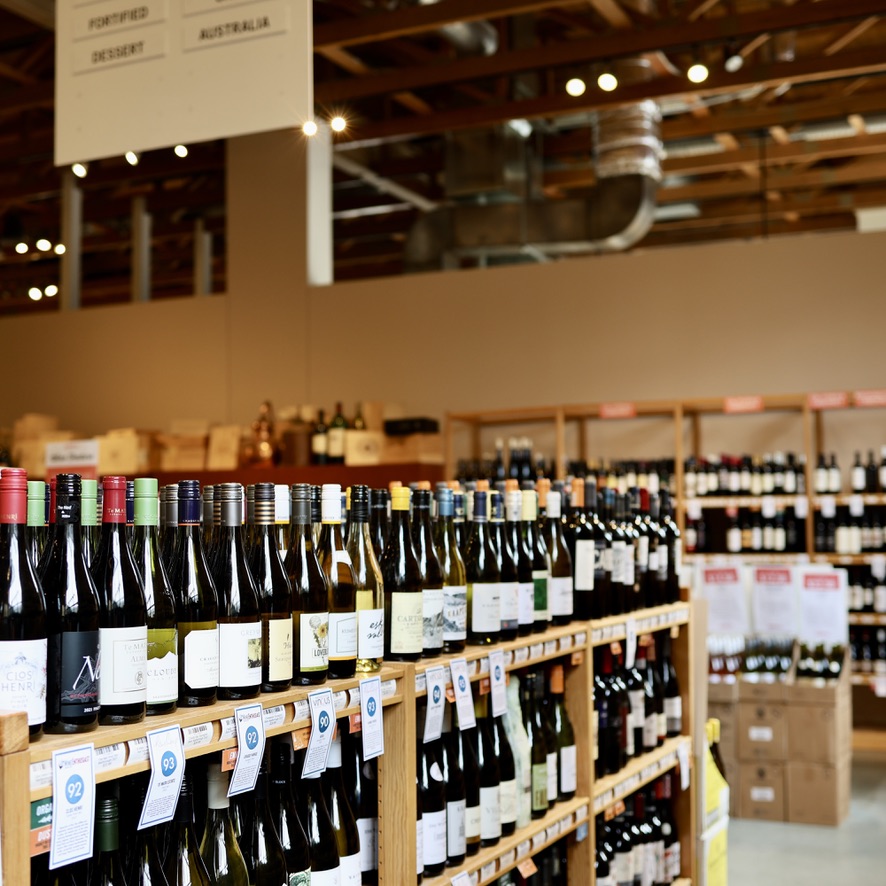
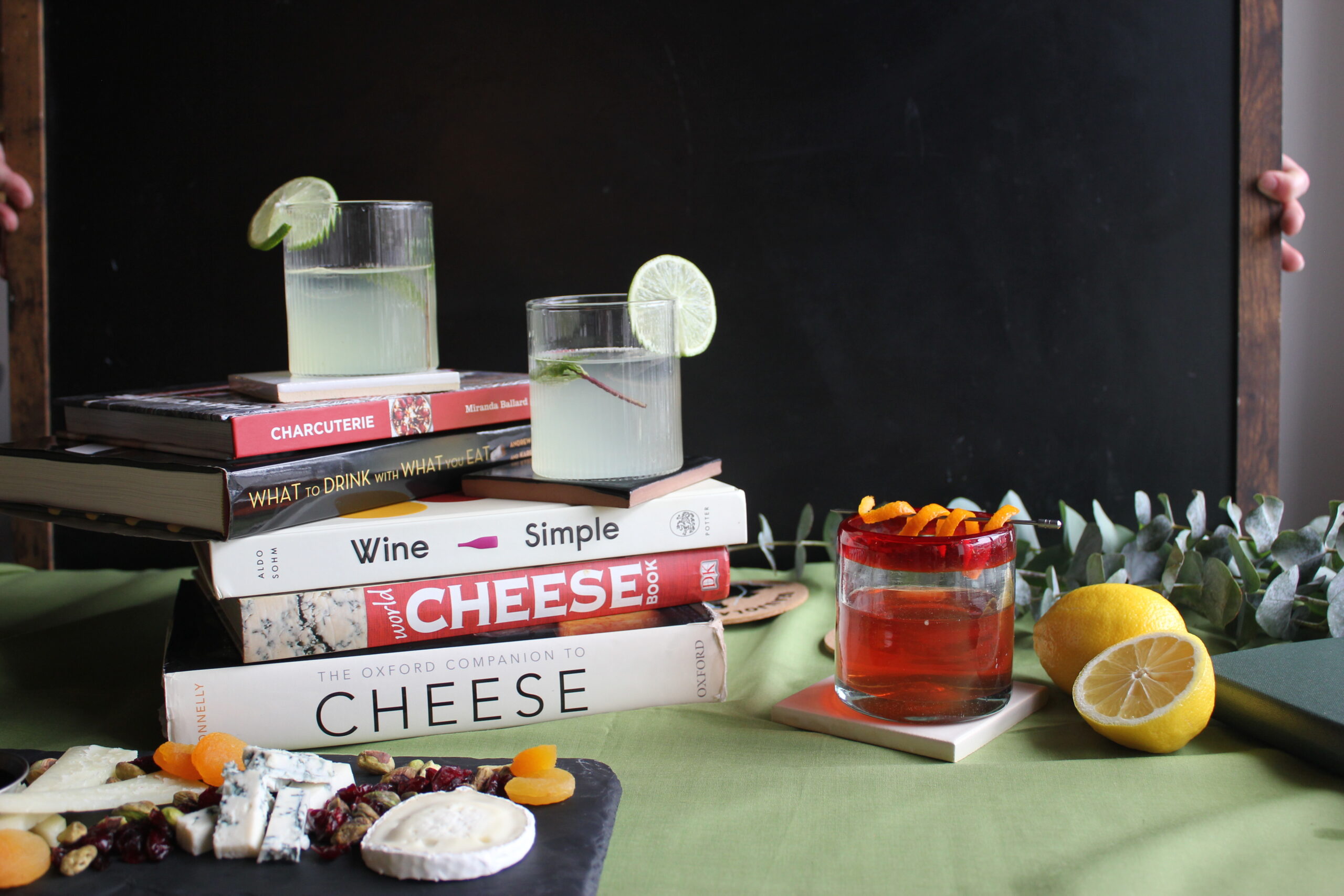
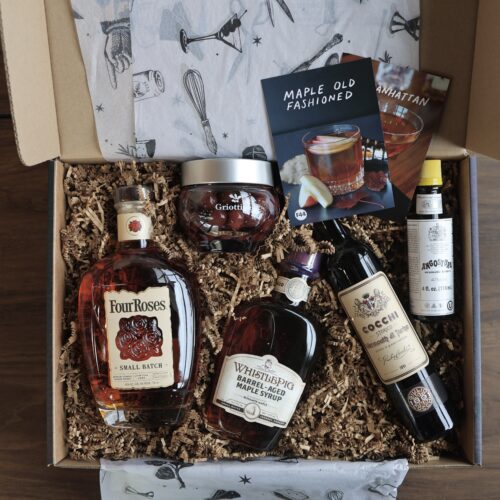
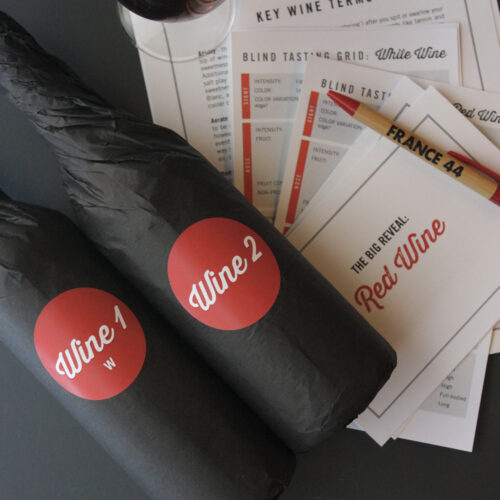
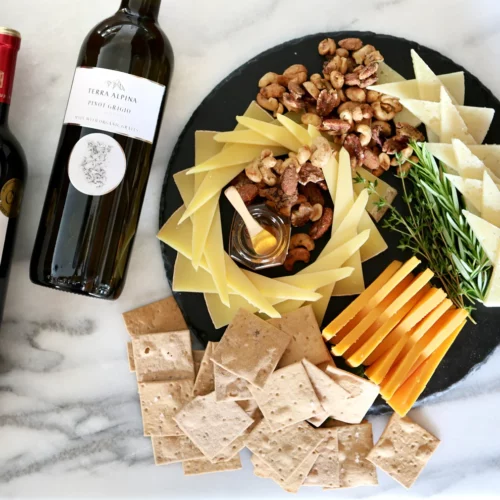
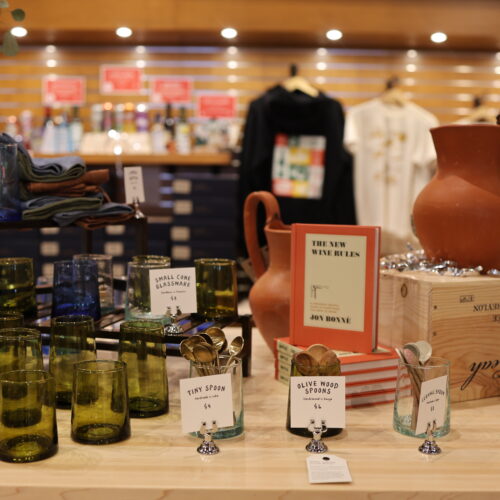

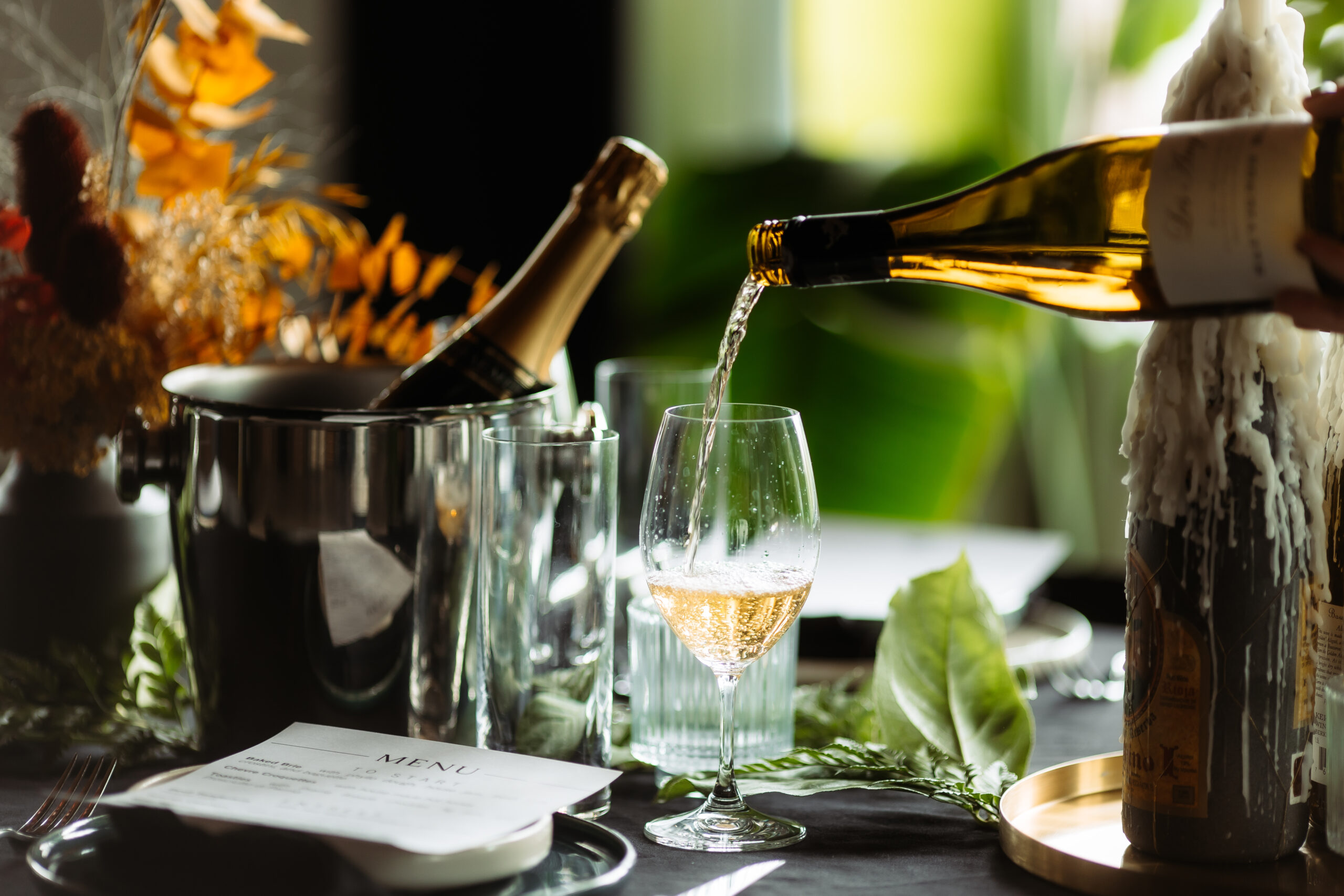
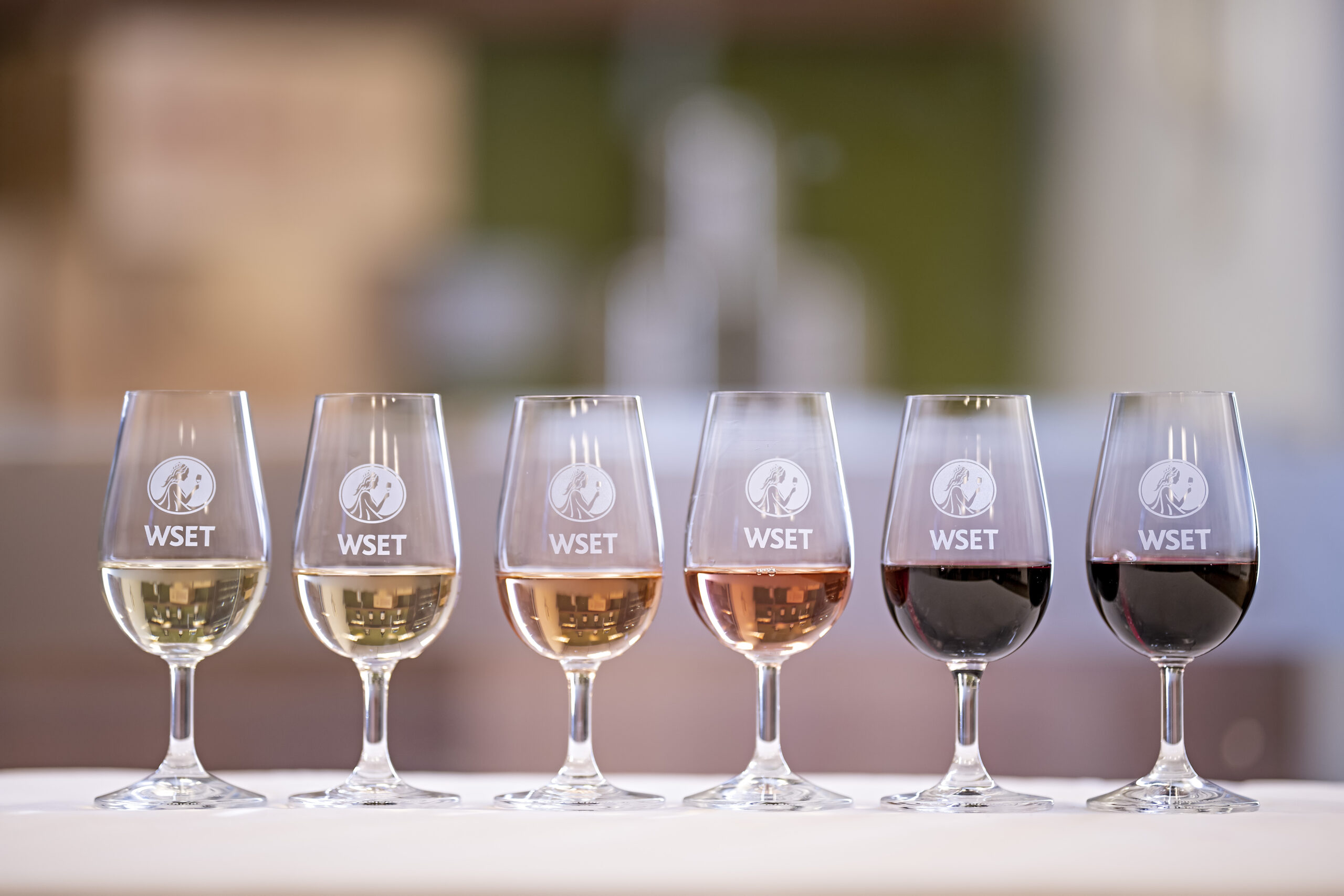
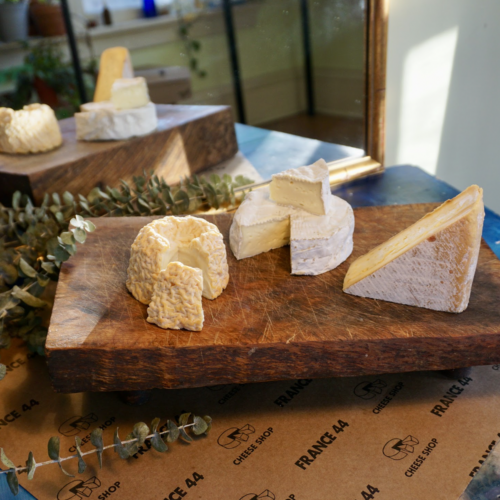
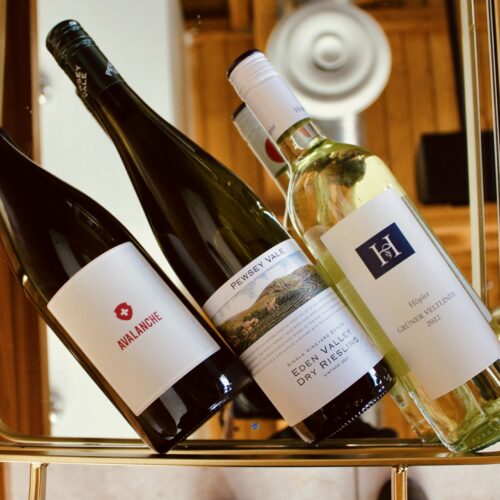

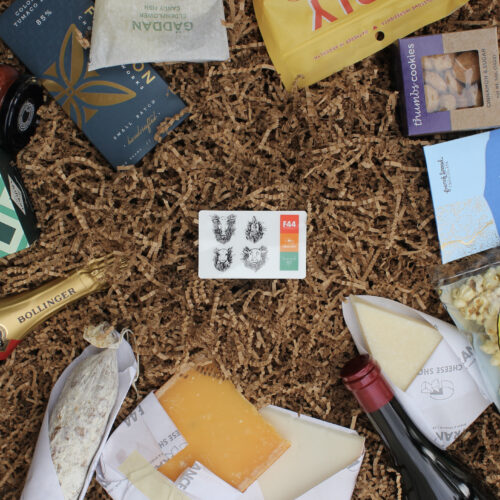
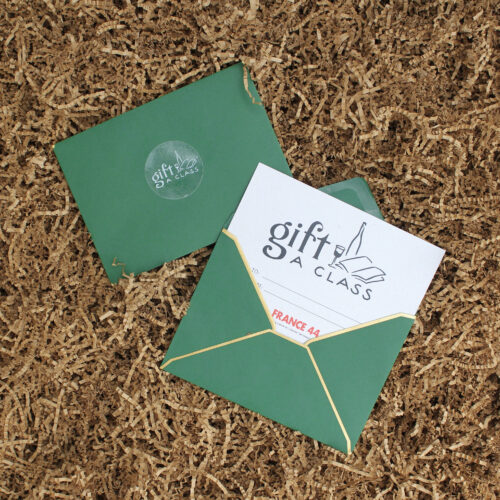

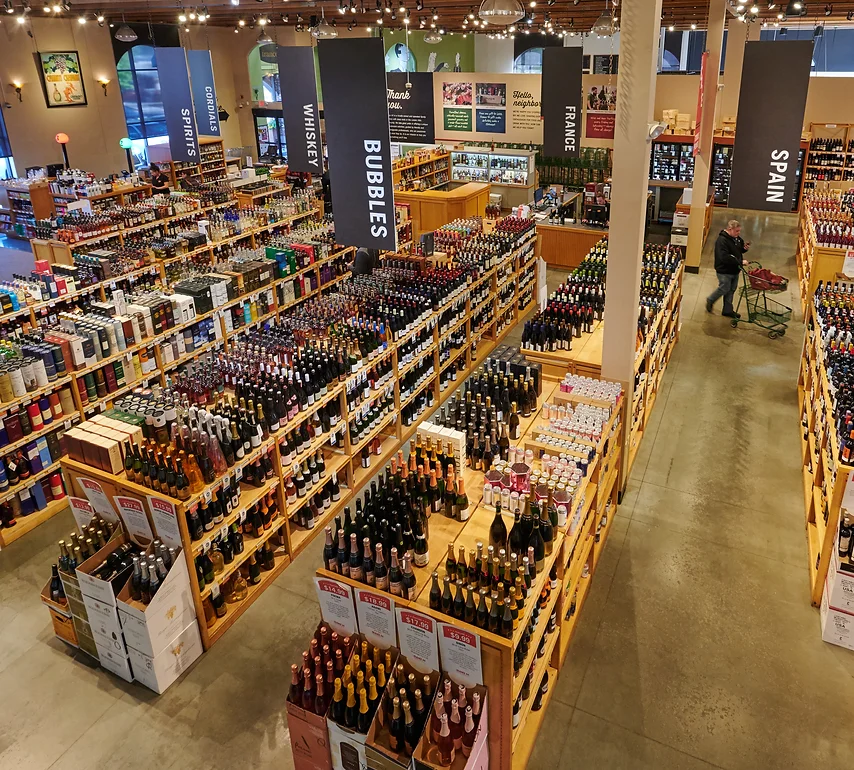

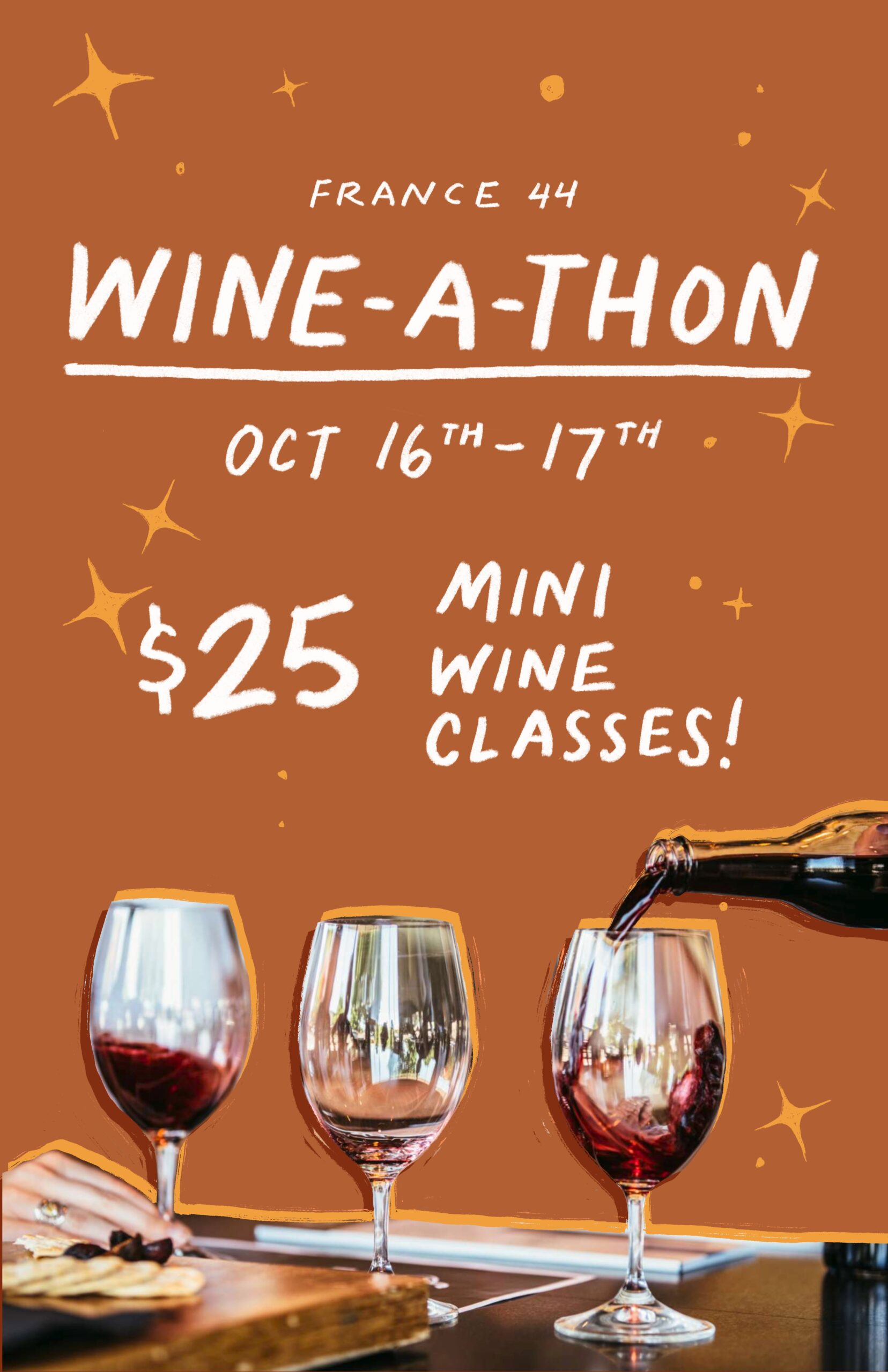
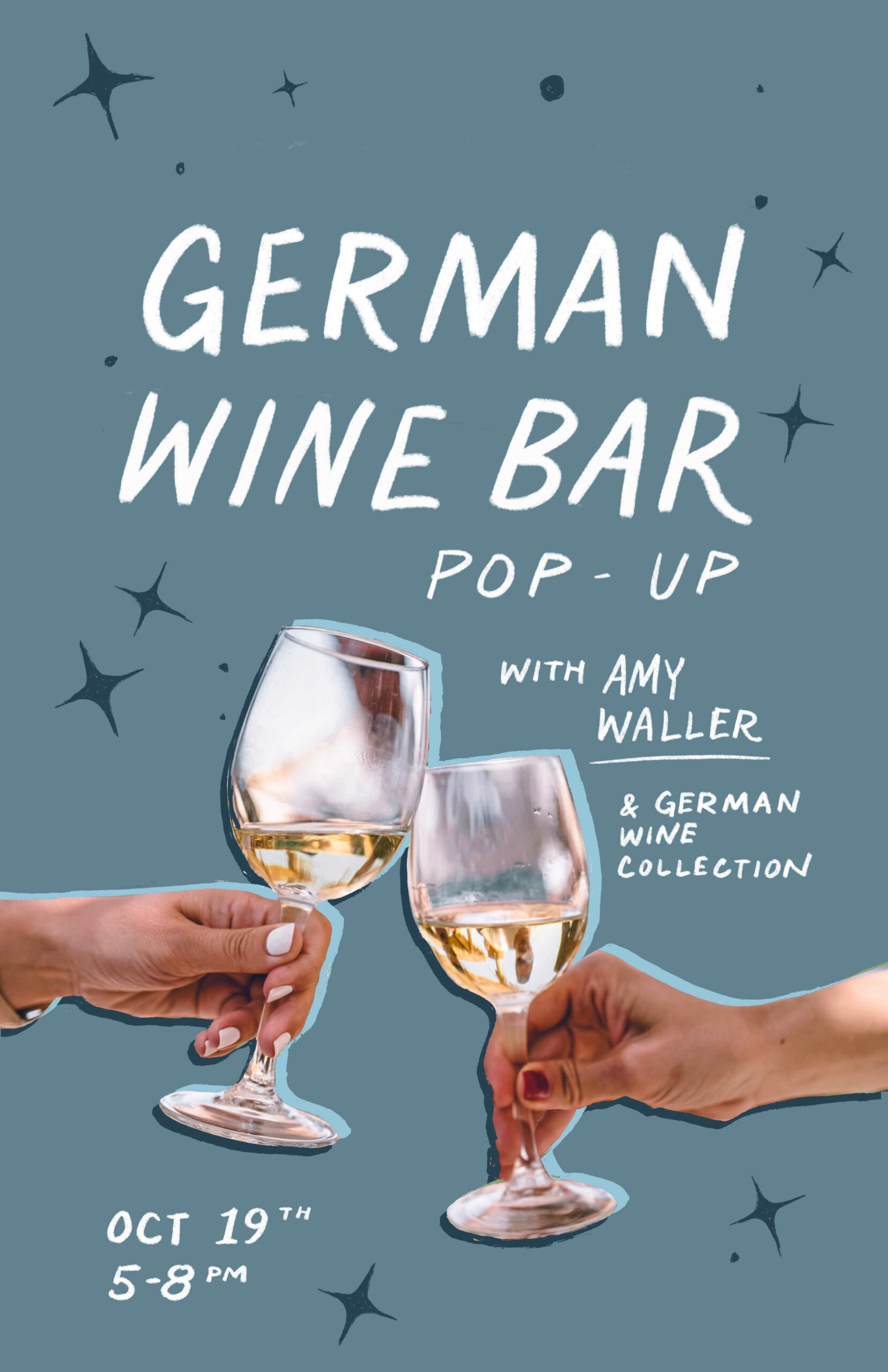
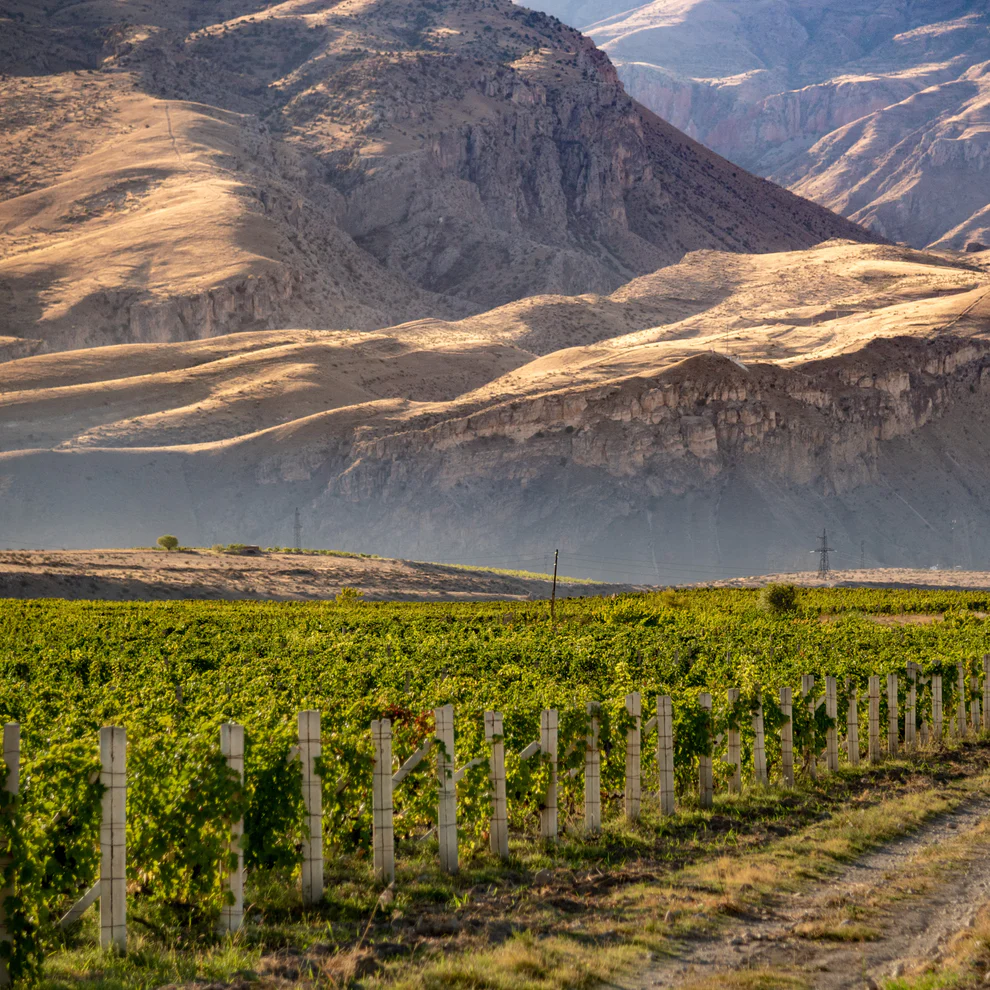
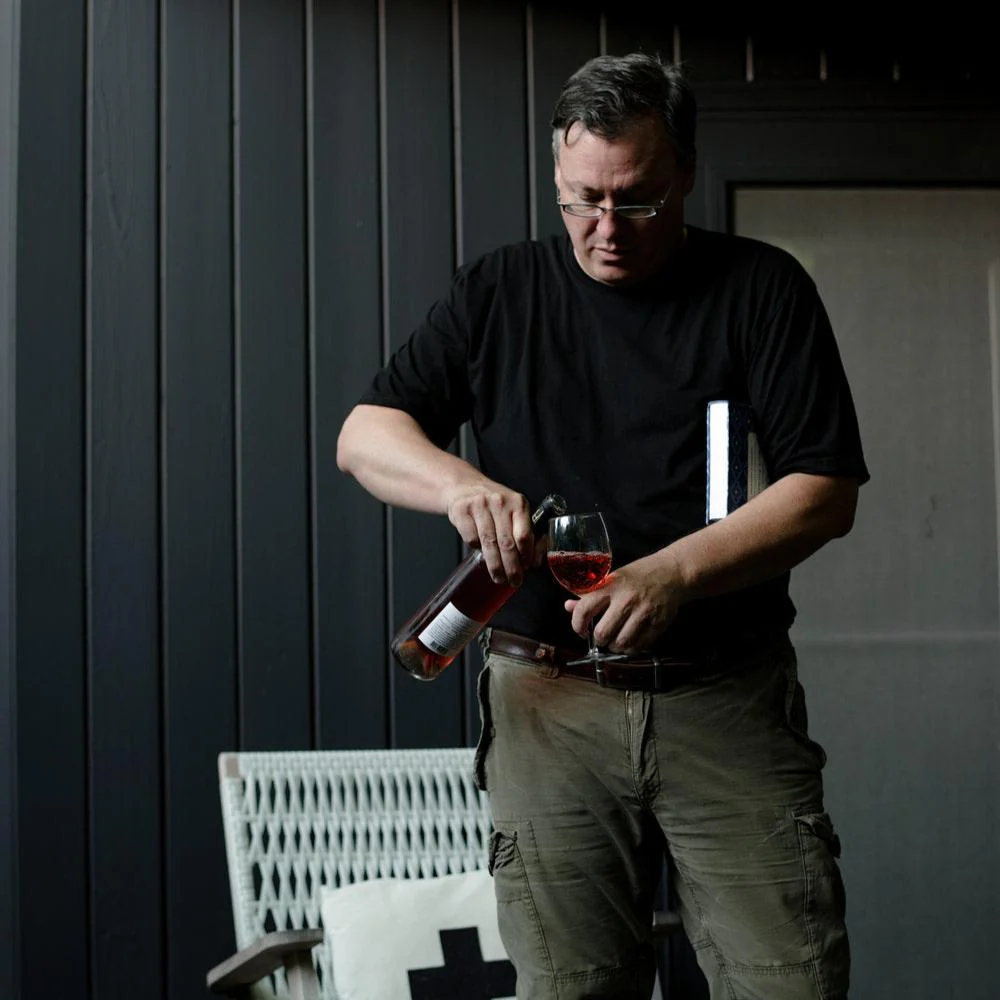
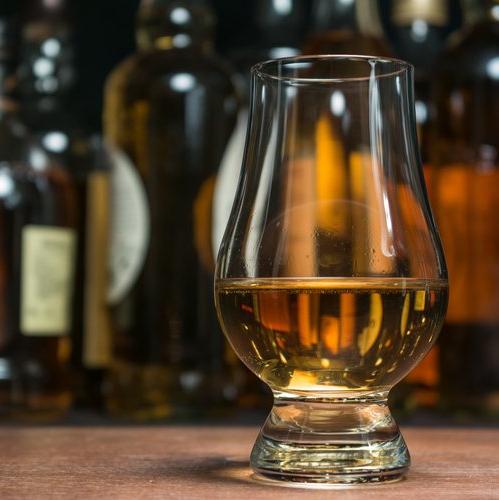
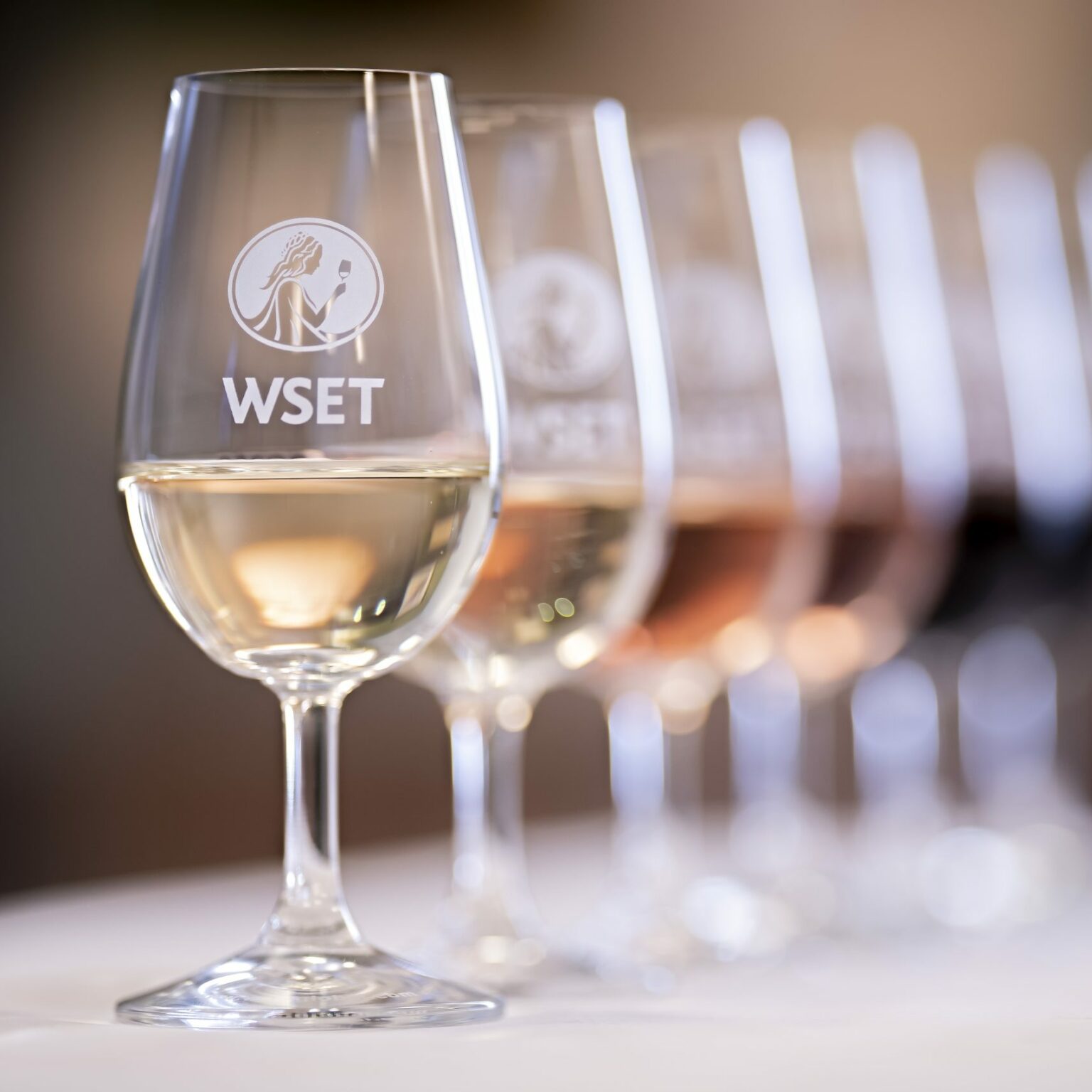
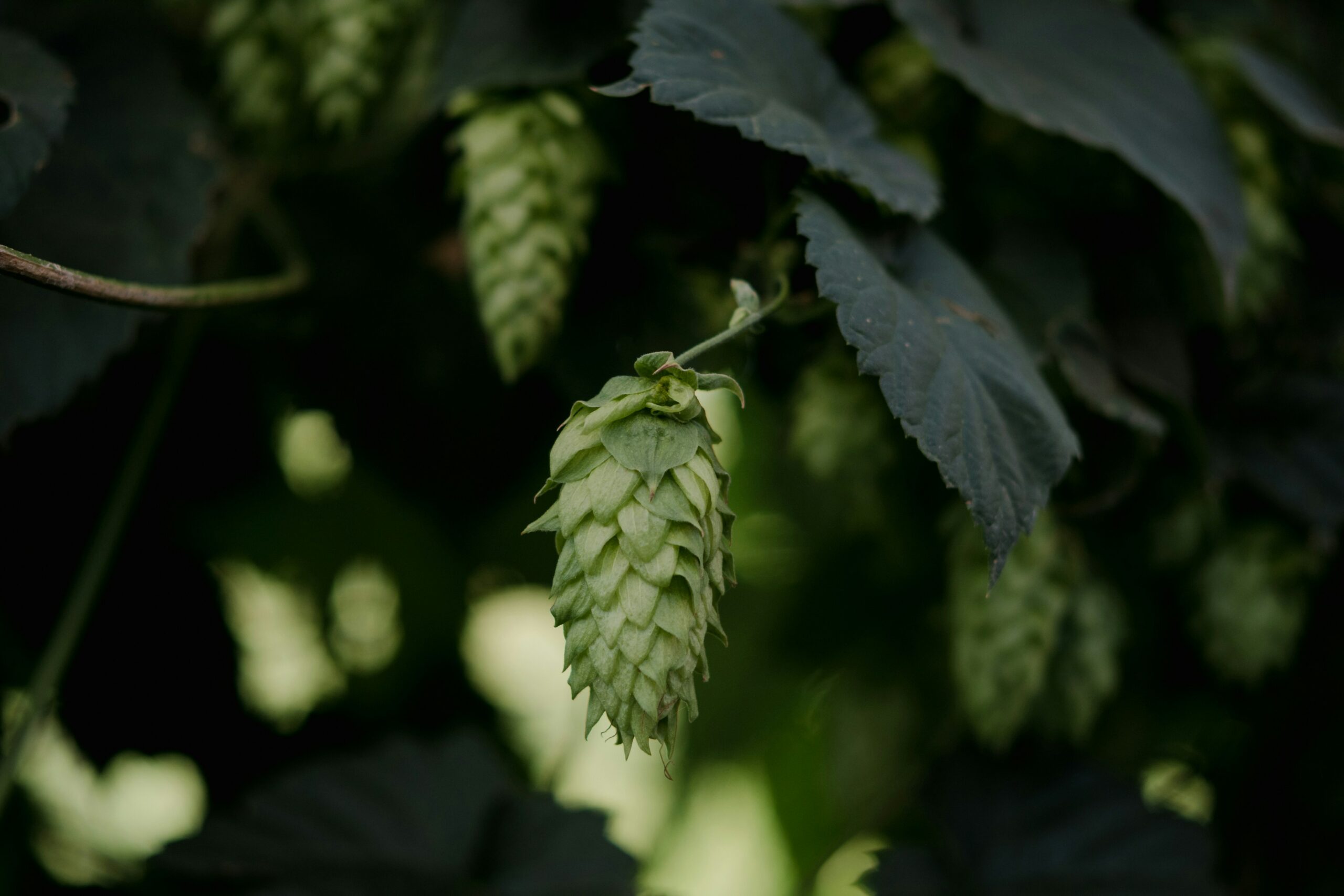

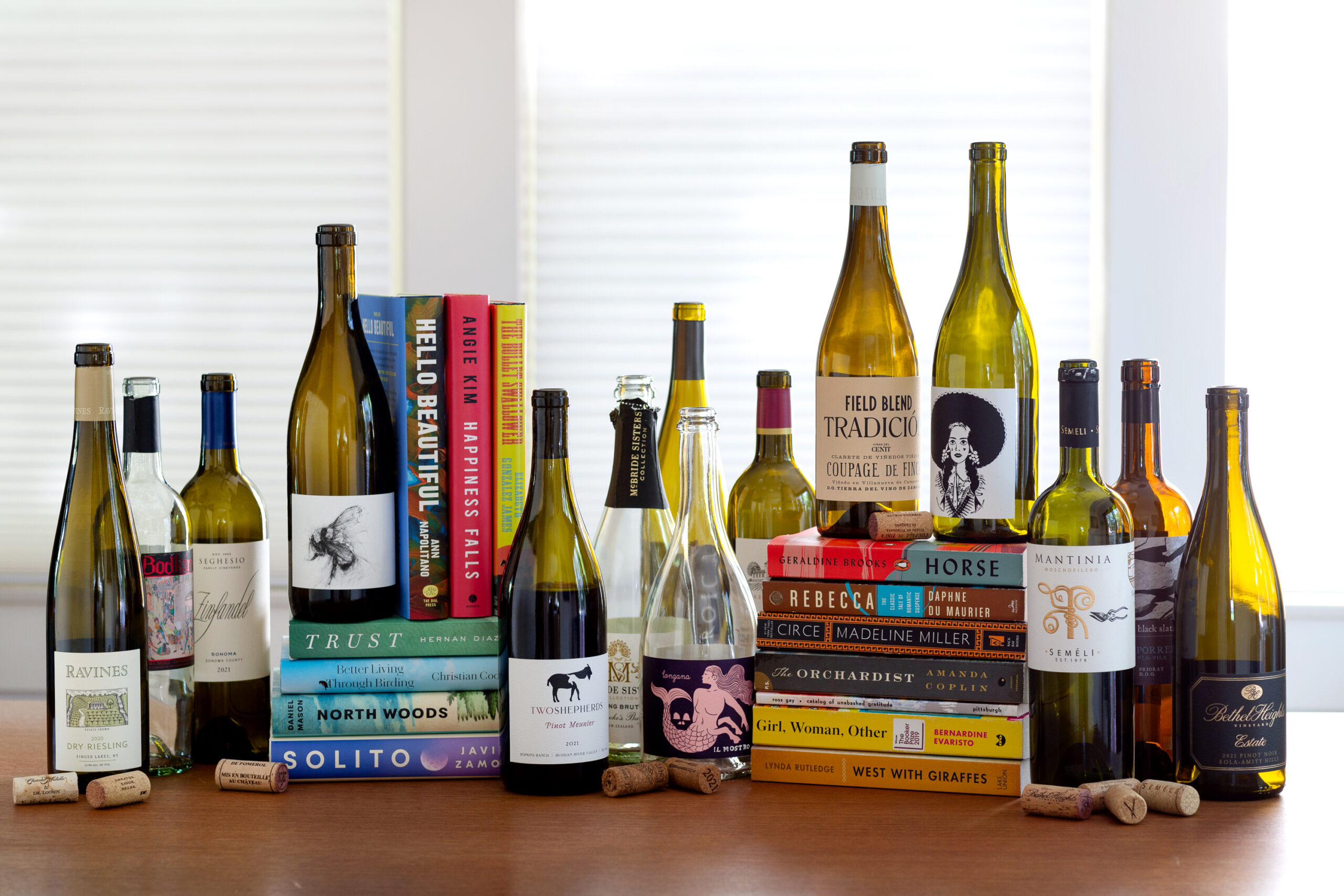

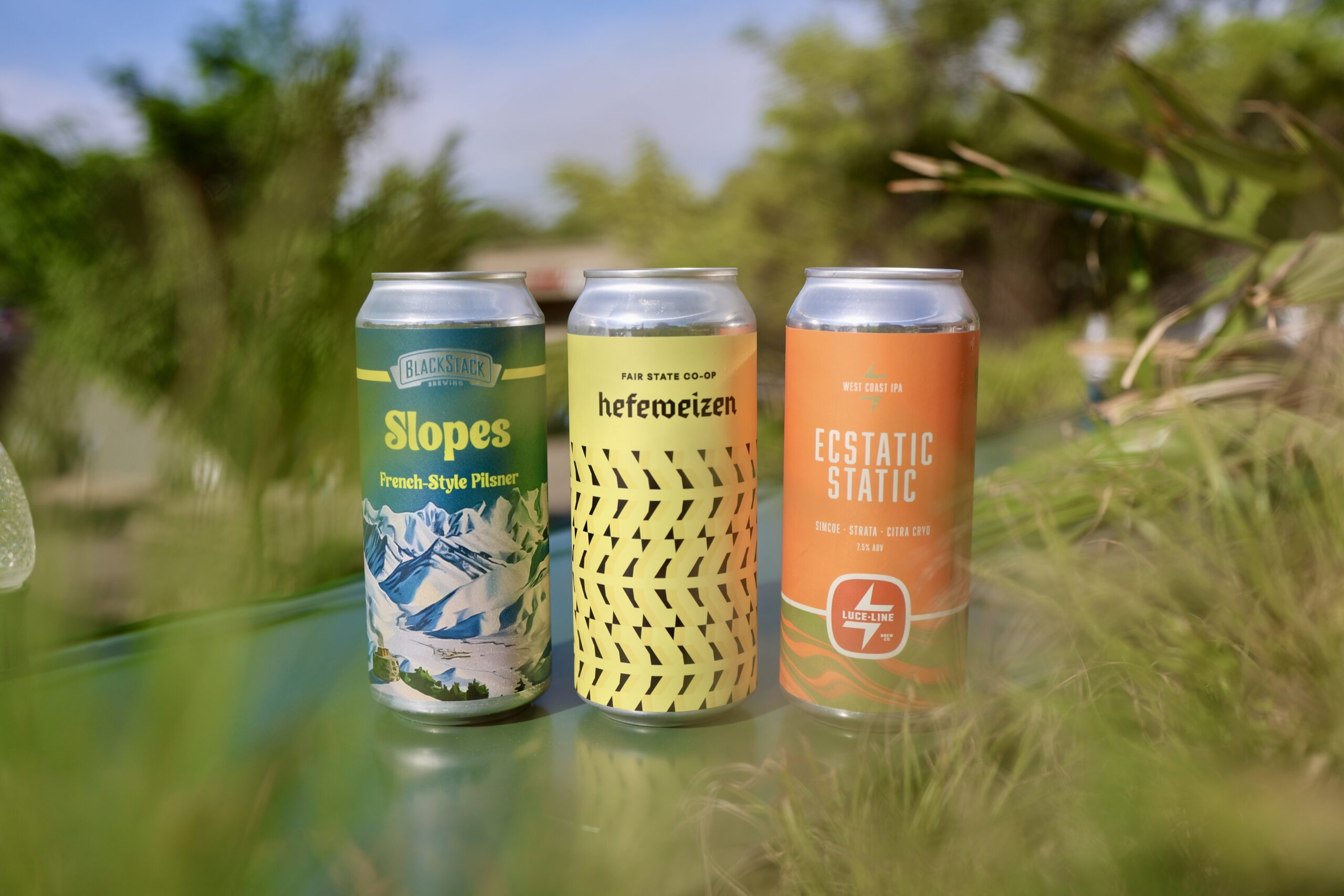
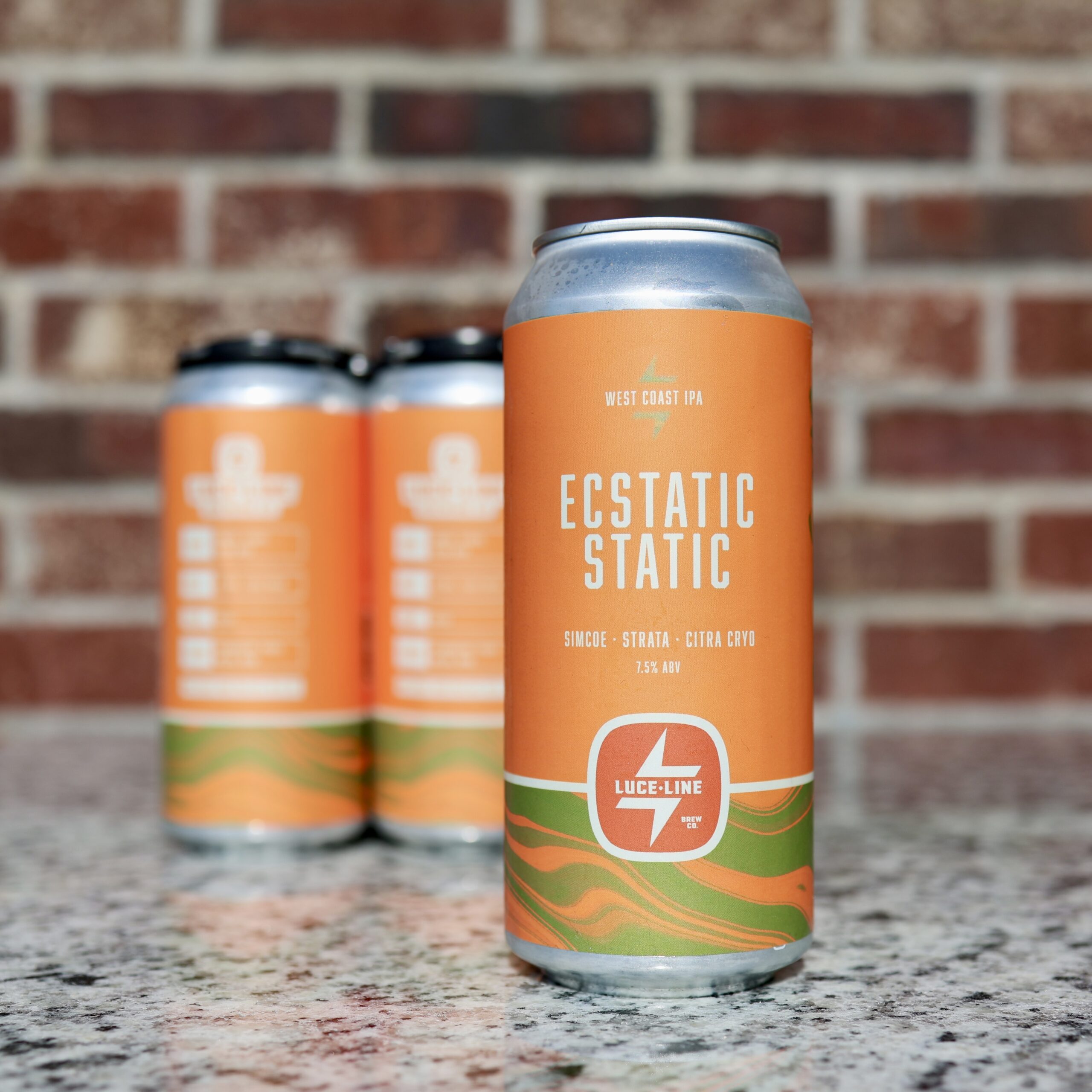 Though they originated across the pond, IPA has become the quintessential American craft beer style. This new-school take on the West Coast IPA is the latest year-round offering from Plymouth’s Luce Line Brewing. An abundance of Citra Cryo, Simcoe and Strata hops deliver bright tangerine, peach and melon notes to complement the tapered malt bill. This is an IPA that delivers on flavor while retaining a great drinkability.
Though they originated across the pond, IPA has become the quintessential American craft beer style. This new-school take on the West Coast IPA is the latest year-round offering from Plymouth’s Luce Line Brewing. An abundance of Citra Cryo, Simcoe and Strata hops deliver bright tangerine, peach and melon notes to complement the tapered malt bill. This is an IPA that delivers on flavor while retaining a great drinkability.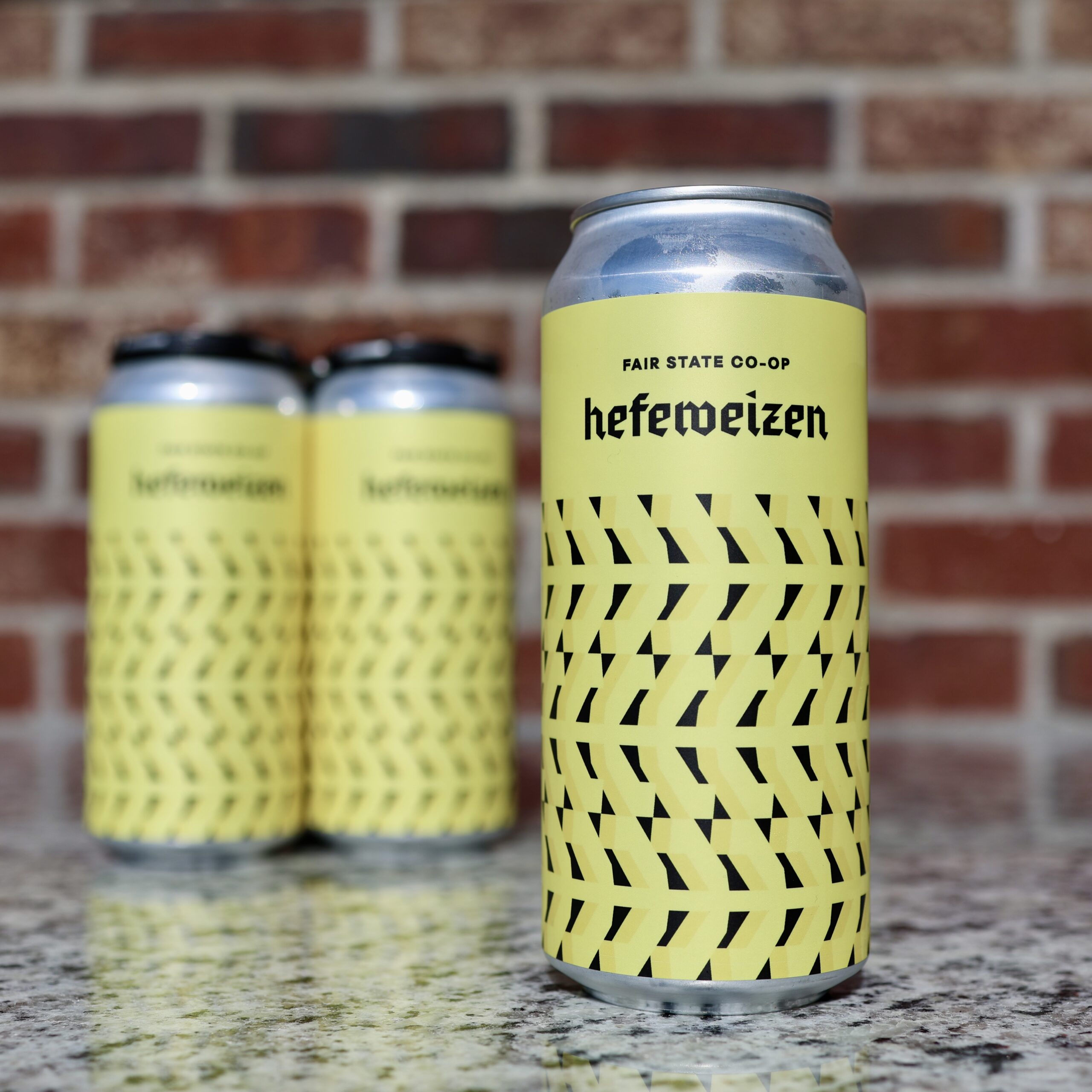
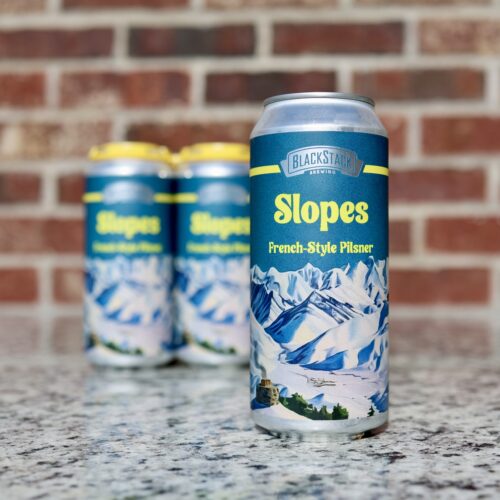 Feel free to disregard the snow-covered mountainscape that adorns this crispy pilsner’s label. Originally a limited winter release, Slopes has recently been upgraded to year-round status. This French-style pils drinks like freshly-fallen champagne powder: light, dry and smooth. French pilsner malt, a kiss of corn and a healthy dose of spicy, herbal Strisselspalt hops makes this a perfect thirst quencher for après-waterski.
Feel free to disregard the snow-covered mountainscape that adorns this crispy pilsner’s label. Originally a limited winter release, Slopes has recently been upgraded to year-round status. This French-style pils drinks like freshly-fallen champagne powder: light, dry and smooth. French pilsner malt, a kiss of corn and a healthy dose of spicy, herbal Strisselspalt hops makes this a perfect thirst quencher for après-waterski.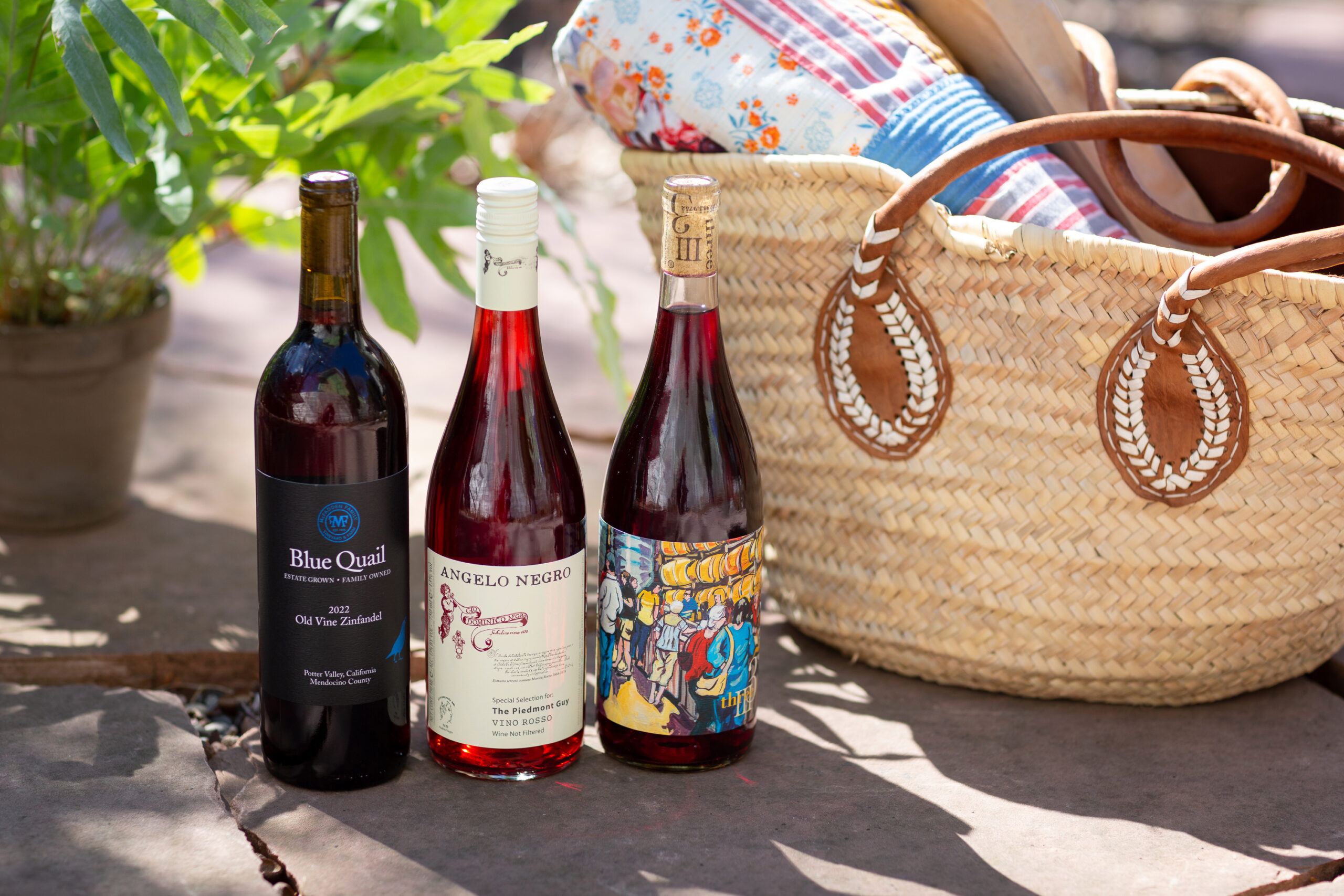
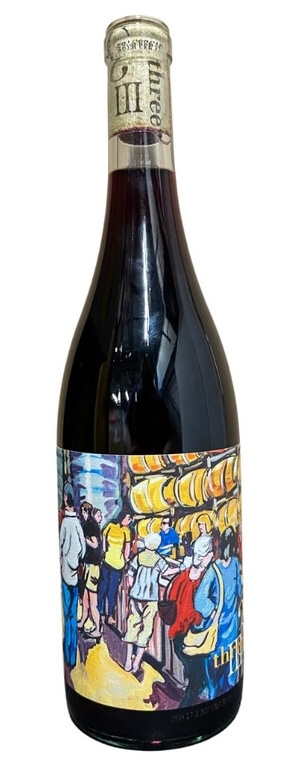 This juicy wine strikes the perfect summertime balance between ripe and tart fruit. On the nose find red cherry, red raspberry, blackberry, cranberry, red currant, plus a touch of baking spice. With light body, high acidity and low tannin, this wine can be paired with just about anything. Buy a case for your next patio party on a hot summer day – everyone will be happy!
This juicy wine strikes the perfect summertime balance between ripe and tart fruit. On the nose find red cherry, red raspberry, blackberry, cranberry, red currant, plus a touch of baking spice. With light body, high acidity and low tannin, this wine can be paired with just about anything. Buy a case for your next patio party on a hot summer day – everyone will be happy!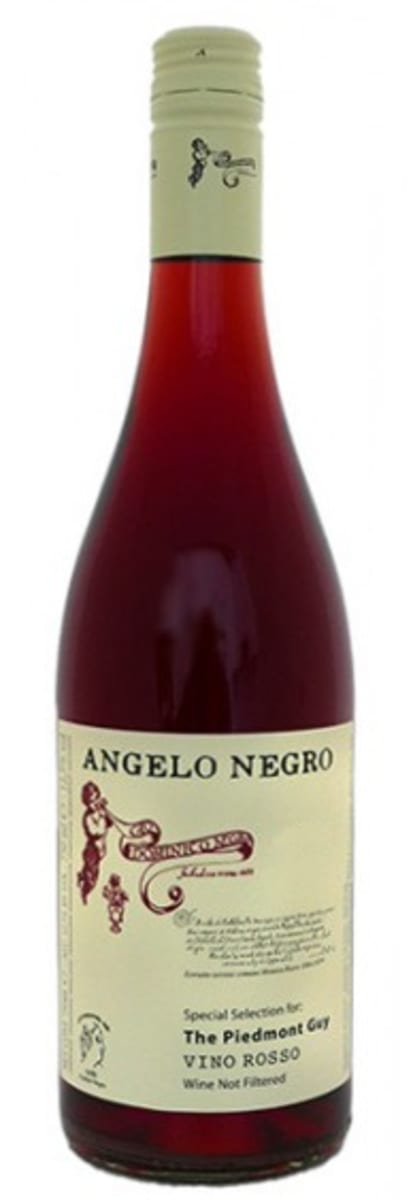 In the carefree spirit of summertime, this expressive red wine made from 100% Brachetto is a sensory adventure. It’s fermented with indigenous yeast in stainless steel and then aged for 5+ months on the lees of Arneis, a white grape variety native to Piedmont. It’s unfiltered and might appear a bit hazy.
In the carefree spirit of summertime, this expressive red wine made from 100% Brachetto is a sensory adventure. It’s fermented with indigenous yeast in stainless steel and then aged for 5+ months on the lees of Arneis, a white grape variety native to Piedmont. It’s unfiltered and might appear a bit hazy. Most of us are familiar with full-bodied, rich and jammy California Zinfandel. But what happens to the wine when those Zinfandel grapes are grown in a cooler climate? The wine becomes almost “Beaujolais-esque,” like this one from Blue Quail exhibiting a lighter body, elevated acidity and medium alcohol at 13%.
Most of us are familiar with full-bodied, rich and jammy California Zinfandel. But what happens to the wine when those Zinfandel grapes are grown in a cooler climate? The wine becomes almost “Beaujolais-esque,” like this one from Blue Quail exhibiting a lighter body, elevated acidity and medium alcohol at 13%.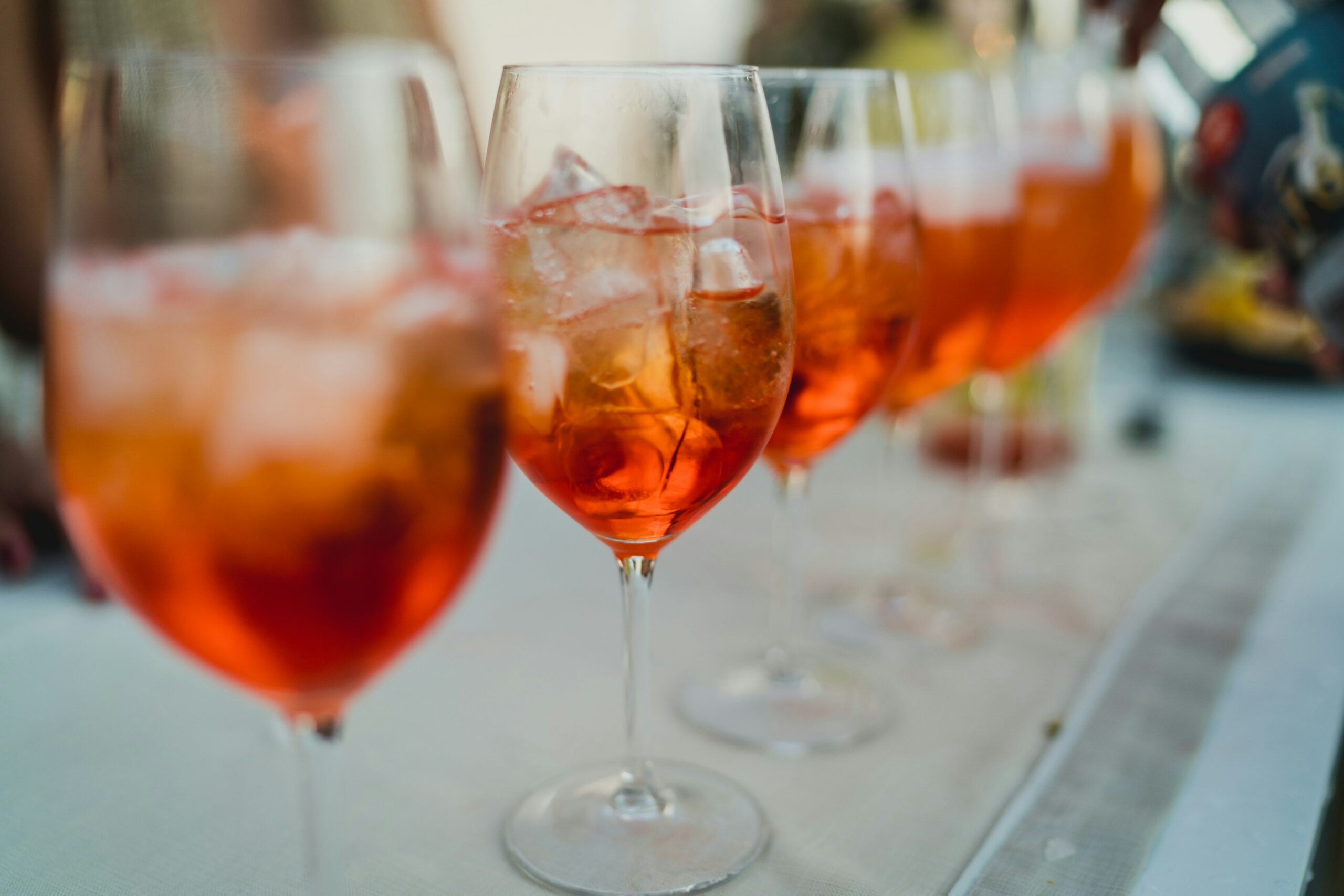


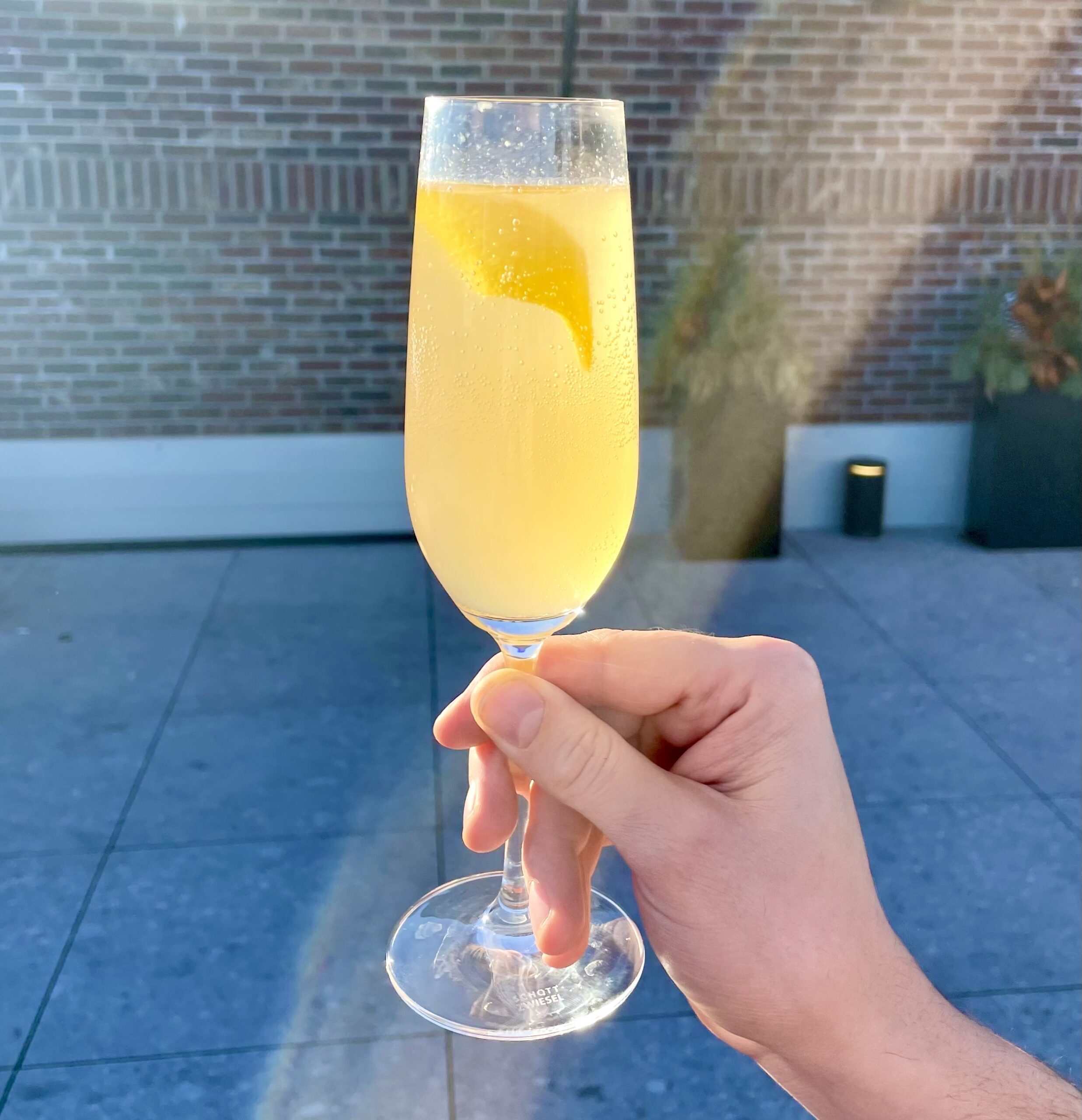 The Mimosa is the most classic brunch cocktail. Traditionally made from orange juice and sparkling wine,
The Mimosa is the most classic brunch cocktail. Traditionally made from orange juice and sparkling wine, 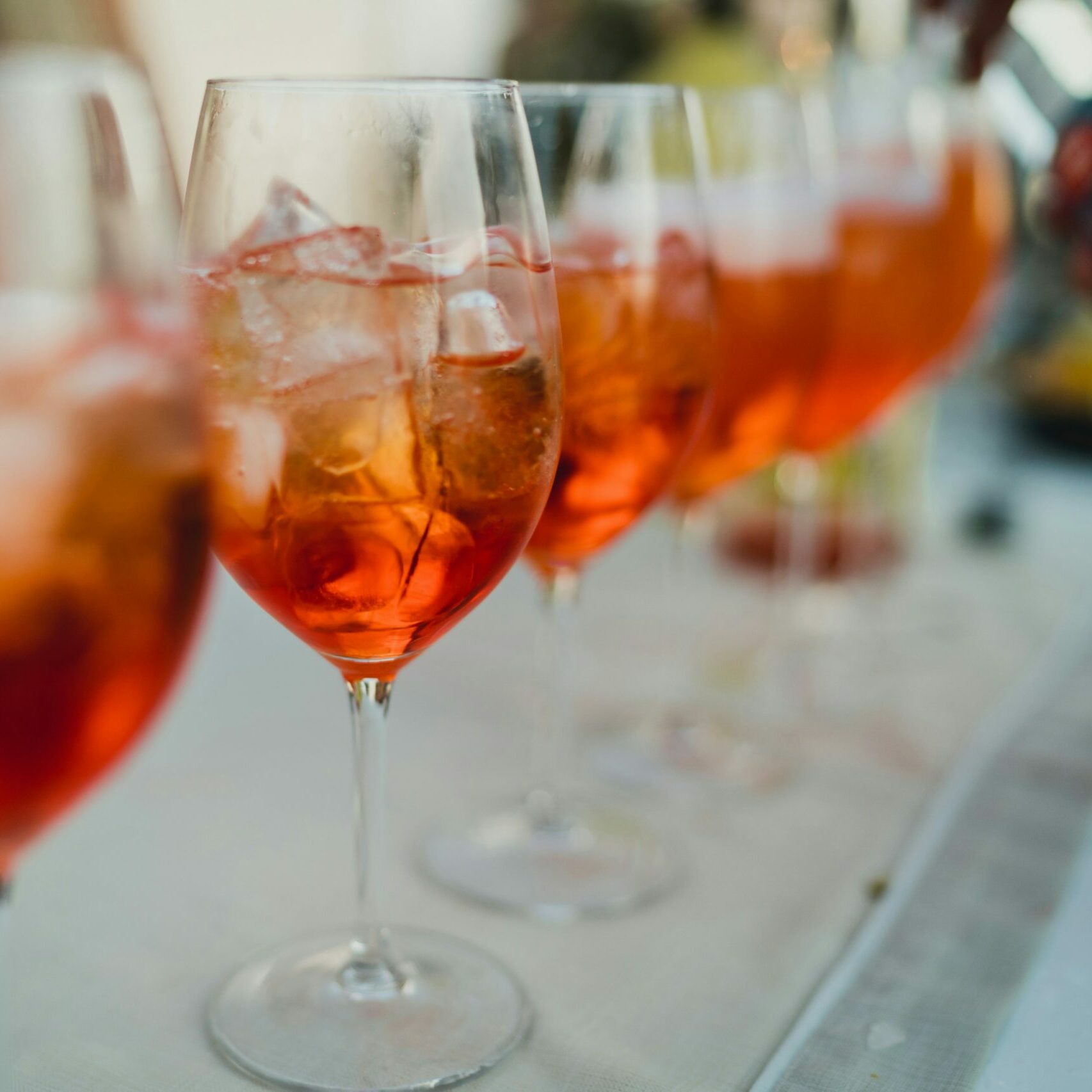 The Aperol Spritz is perhaps among the most popular cocktails at the moment.
The Aperol Spritz is perhaps among the most popular cocktails at the moment.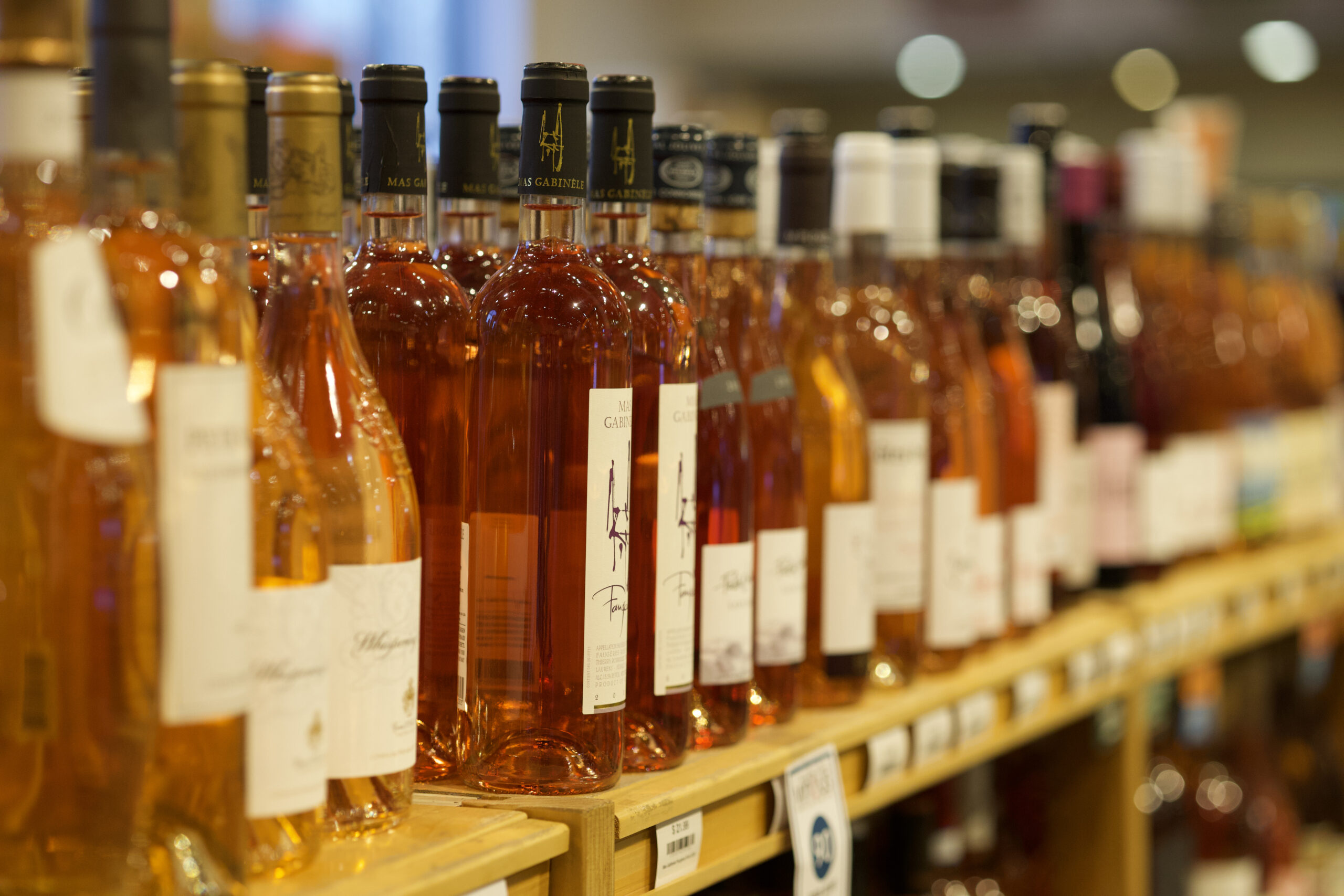

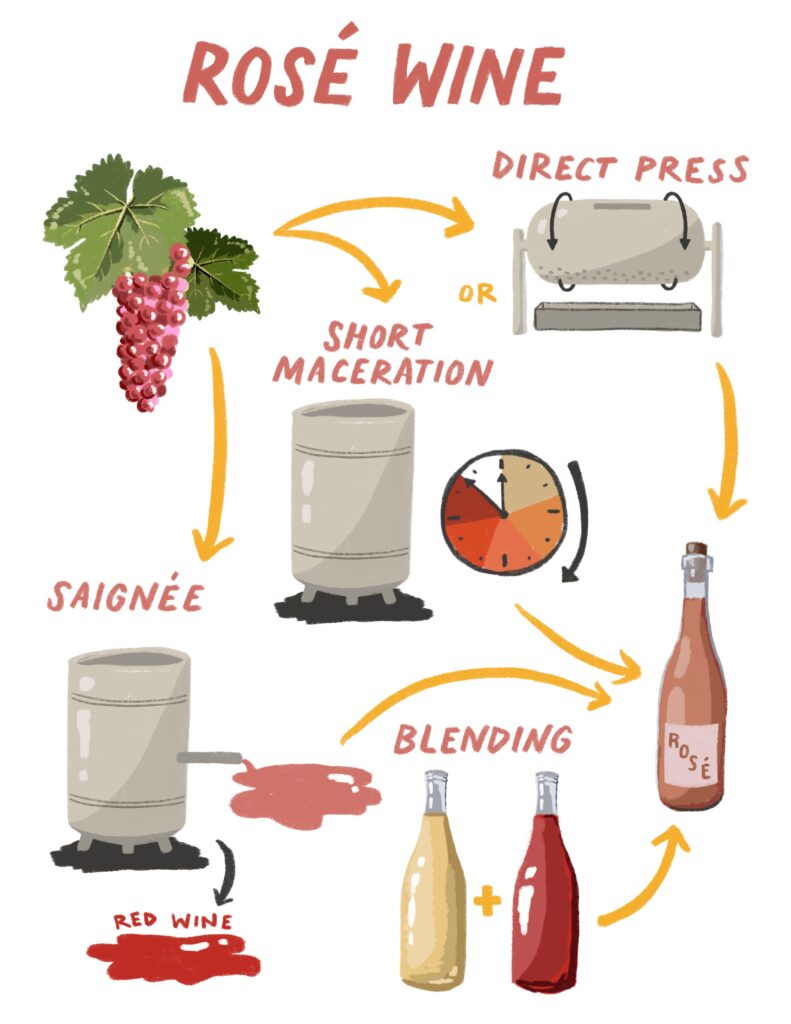 There are three different production methods to create a rosé wine. The first and most common is simply the skin contact, or direct press, method. Once the grapes are crushed, they are allowed to sit on the skins for anywhere between 2-48 hours and in that time the juice picks up the rosé color. The longer the wine sits on the skins the darker the color of the final wine. The second method is the saignée method (French for “too bleed”). This is essentially a byproduct of red wine making, when the winemaker bleeds off a portion of the young ferment to make a rosé with a bit fuller body and more tannin. The final method of rosé production is simply the blending of red and white wines together. This is the least common method as in many regions of the world it is illegal to blend red and white wine together. This method is predominantly seen in Champagne, to produce rosé Champagne.
There are three different production methods to create a rosé wine. The first and most common is simply the skin contact, or direct press, method. Once the grapes are crushed, they are allowed to sit on the skins for anywhere between 2-48 hours and in that time the juice picks up the rosé color. The longer the wine sits on the skins the darker the color of the final wine. The second method is the saignée method (French for “too bleed”). This is essentially a byproduct of red wine making, when the winemaker bleeds off a portion of the young ferment to make a rosé with a bit fuller body and more tannin. The final method of rosé production is simply the blending of red and white wines together. This is the least common method as in many regions of the world it is illegal to blend red and white wine together. This method is predominantly seen in Champagne, to produce rosé Champagne.